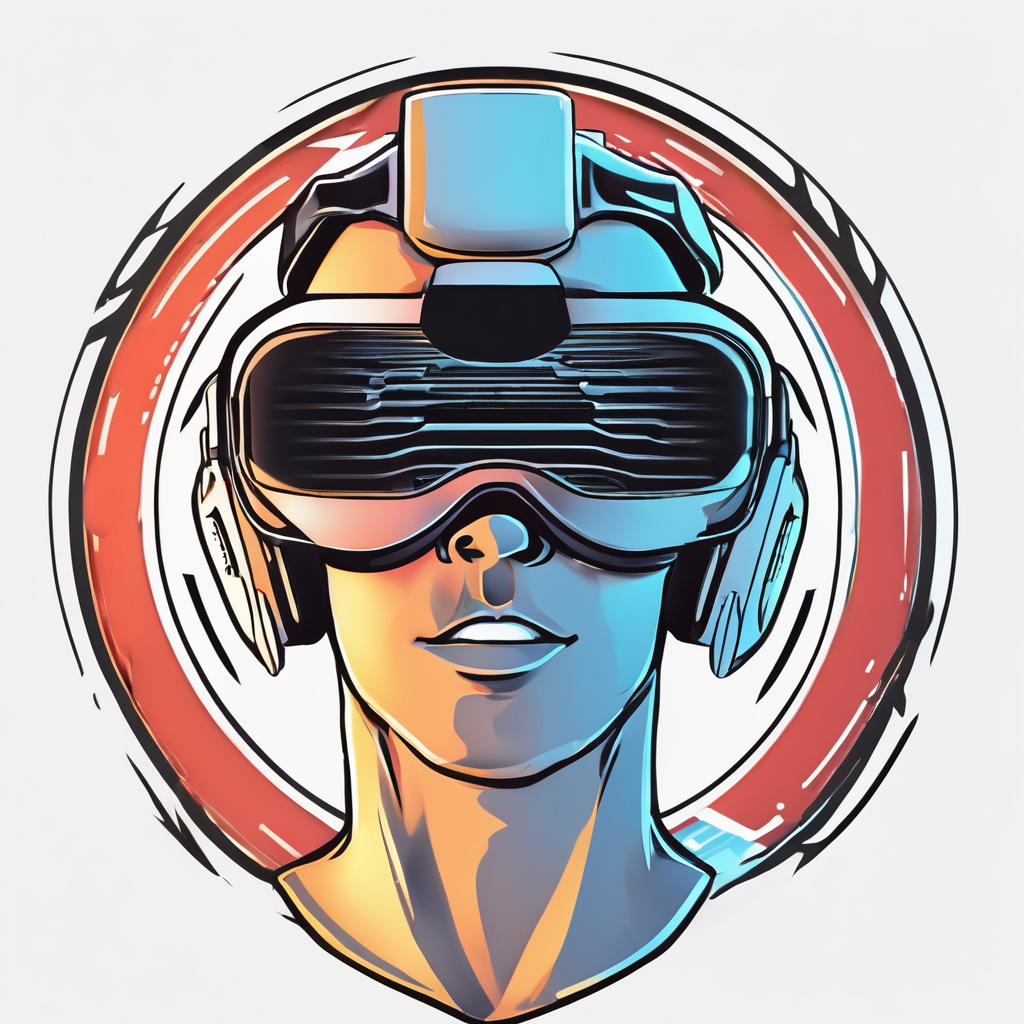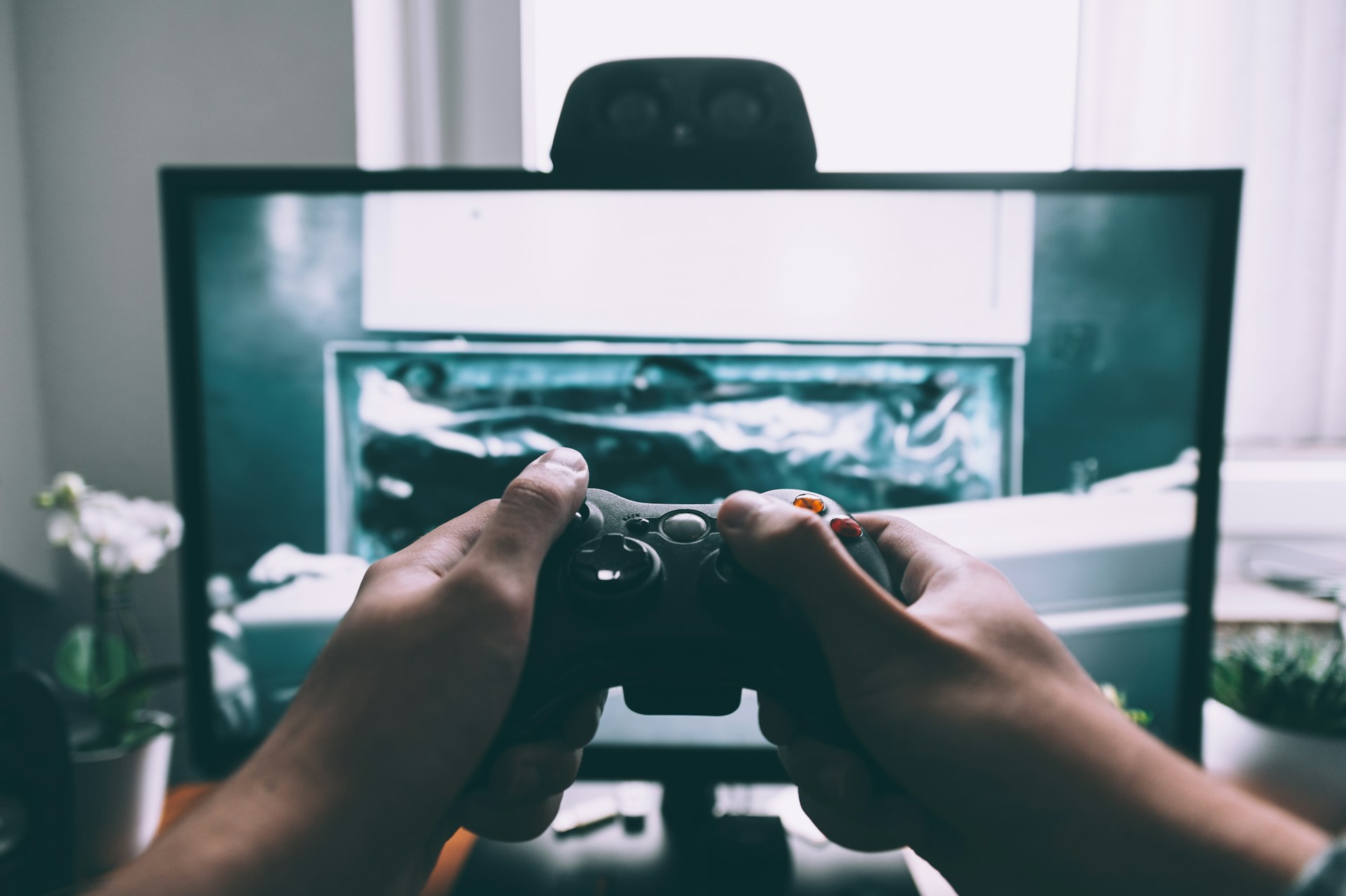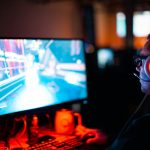Unveiling the curtain of virtual reality (VR) game development, it’s clear that the optimization of graphics performance is a critical aspect that developers grapple with. This isn’t just about making your game look good; it’s about ensuring that it operates smoothly and delivers an immersive, interactive experience to users. Optimization targets a high frame rate, enhancing unity and reducing latency while balancing GPU and CPU usage. Whether you’re a budding developer or a veteran in the field, you’ll find some valuable insights here to boost your VR game’s performance.
Enhancing Unity for Better Performance
To start with, let’s delve into the role of Unity in VR game development. Unity, a cross-platform game engine, is extensively used to create immersive, interactive 3D and 2D VR games. Properly optimizing Unity can significantly impact the performance of your VR application.
Also read : How can real-time ray tracing enhance the realism of reflective surfaces in racing games?
To begin with, you can reduce the number of draw calls your application has to make by using texture atlases and combining small mesh objects. Minimizing draw calls reduces the load on the GPU, resulting in smoother rendering of scenes. It’s also recommended to use static batching for objects that do not move and dynamic batching for smaller movable objects.
Another effective strategy is to leverage Level of Detail (LOD) rendering. This technique involves reducing the complexity of a 3D model representation as it moves further away from the viewer. It optimizes GPU usage and improves performance.
In the same genre : What are the benefits of using neural networks for real-time object recognition in AR games?
Maximizing GPU Efficiency
The Graphics Processing Unit (GPU) is a powerhouse for rendering graphics in VR applications. To fully harness its capabilities, the developer needs to optimize its usage.
Using simple and efficient shaders is key to reducing GPU strain. Shaders, the algorithms that dictate how 3D objects are rendered, can either be performance-friendly or a significant drain on resources. Ensure you’re using shaders that are optimized for VR; these will offer a good balance between visual fidelity and performance.
Another way to optimize GPU usage is by using efficient rendering techniques. Culling, which involves not rendering objects that are not seen by the player, can greatly improve performance. Occlusion culling, back-face culling, and frustum culling are all effective methods that reduce the workload on your GPU.
Balancing CPU Usage
The Central Processing Unit (CPU) is another crucial component in VR game development. It handles game logic, physics, and input, among other things. As such, optimizing CPU usage is vital for smooth game performance.
One way to do this is by using multi-threading. This allows your application to simultaneously execute multiple processes or threads. It’s relatively complex to implement but it can greatly enhance the speed of your game.
Another strategy to balance CPU usage is to optimize your game’s physics. This includes simplifying collision geometry and limiting the number of active physical objects in your scene.
Reducing Latency for a Better User Experience
Reducing latency in VR games is key to providing a seamless and immersive user experience. Latency refers to the time it takes for a user’s action to be reflected in the game. High latency can lead to a disjointed and frustrating experience for the user.
To reduce latency, developers can utilize techniques such as just-in-time (JIT) rendering. This involves waiting until the last possible moment to render each frame, based on the most recent tracking data. This can drastically reduce perceived latency.
Asynchronous TimeWarp (ATW) is another technique used to reduce latency. It generates intermediate animation frames to keep up with the user’s head movement, even if the rendering rate drops.
Utilizing Audio Optimization Techniques
Audio plays a significant role in creating an immersive VR experience. However, if not properly optimized, it can lead to performance bottlenecks.
One simple way to optimize audio is by using audio compression. This reduces the size of audio files without noticeably affecting the quality.
Another technique is audio culling, which involves not processing sounds that the player cannot hear. This helps to reduce CPU load and improve overall game performance.
Utilizing audio middleware, like FMOD or Wwise, can also be beneficial. These tools allow for more granular control over audio processing and can lead to significant performance gains.
Optimizing graphics performance in VR games is complex but essential. By focusing on unity, maximizing GPU efficiency, balancing CPU usage, reducing latency, and utilizing effective audio optimization techniques, you can create a VR game that is not just visually stunning, but also offers a smooth and immersive experience to your users. Remember, it’s not just about pushing the boundaries of what’s possible – it’s about creating an experience that your users will never forget.
Prioritizing Loading Optimization Techniques
Real-time loading or streaming of assets can be a valuable strategy for optimizing graphics performance in VR games. As a VR game developer, you need to ensure that assets are loaded into the game as efficiently as possible to prevent any lags or performance hiccups that might break the immersion.
Managing your VR game’s asset bundles, which are collections of assets grouped together for loading purposes, is a crucial part of this strategy. You can optimize these bundles by ensuring that similar or related assets are grouped together. This technique, known as asset coalescing, reduces the number of IO operations, making the loading process more efficient.
Streaming in assets as they are needed is another effective technique. This process, also known as incremental loading, helps to prevent the game from using up too much memory at once, thereby maintaining high performance.
Additionally, it’s crucial to optimize both the size and the quality of the assets. Large, high-quality assets can take longer to load and can consume a significant amount of memory. Consequently, you should aim to reduce the size of your assets while maintaining a satisfactory level of quality for the user.
Implementing Proper Testing and Debugging Strategies
Having an effective testing and debugging strategy in place is crucial for optimizing graphics performance in VR games. Testing allows you to identify any potential performance issues, while debugging helps you to resolve these issues and improve your game’s performance.
Performance profiling is a common method used for testing. It involves collecting data about how your game operates, such as frame rates, CPU usage, and memory usage. This data can then be analyzed to identify areas of your game that may be causing performance issues.
Once you’ve identified these potential issues, debugging can help you resolve them. Debugging tools like Unity’s Profiler or Unreal Engine’s Performance Analyzer can be incredibly useful in this regard. These tools allow you to look at detailed information about the performance of your game, from which you can identify specific bottlenecks or resource-draining processes.
Moreover, repeated testing and debugging should be an essential part of your development process. This iterative approach ensures that you catch any performance issues early on, allowing you to resolve them before they become significant problems.
In conclusion, optimizing graphics performance in VR games is a multifaceted process that requires a strategic approach. Whether it’s enhancing Unity for better performance, maximizing GPU efficiency, balancing CPU usage, reducing latency, utilizing audio optimization techniques, prioritizing loading optimization techniques or implementing proper testing and debugging strategies, each component plays a crucial role in ensuring a smooth, immersive VR gaming experience.
Remember, the ultimate goal is not just about creating visually appealing VR games, but also about delivering an unforgettable, immersive experience. By adhering to these strategies and constantly seeking to optimize your game’s performance, you can create VR games that push the boundaries of what’s possible and offer an experience that truly transports players into a different reality.











